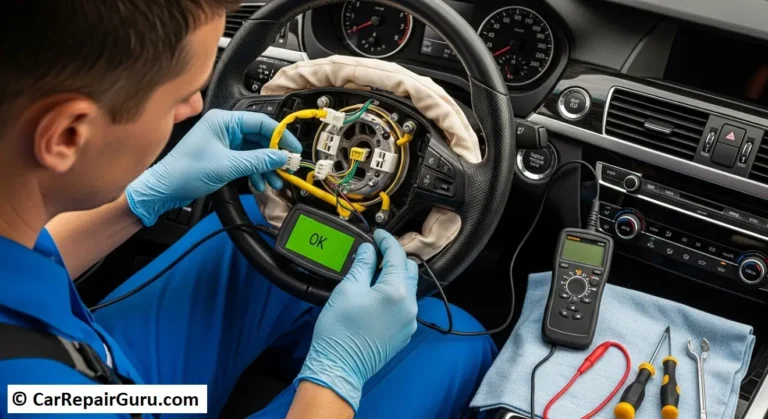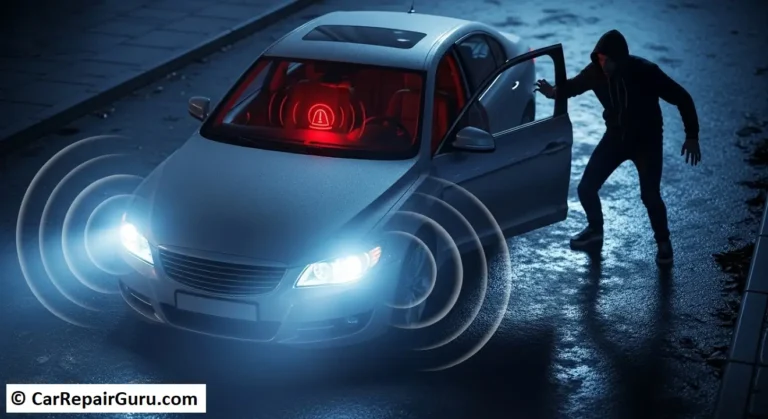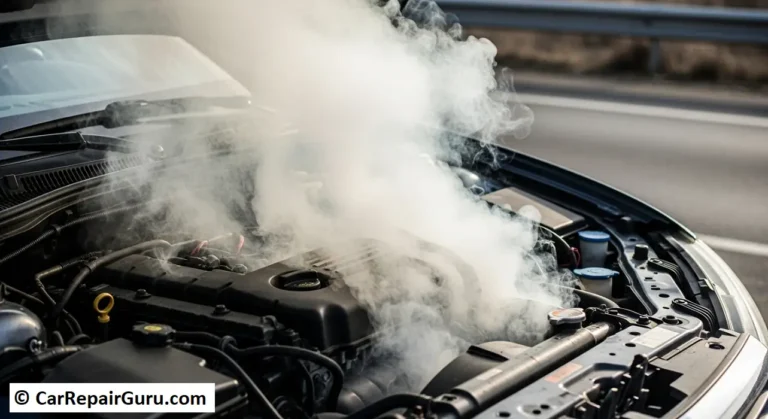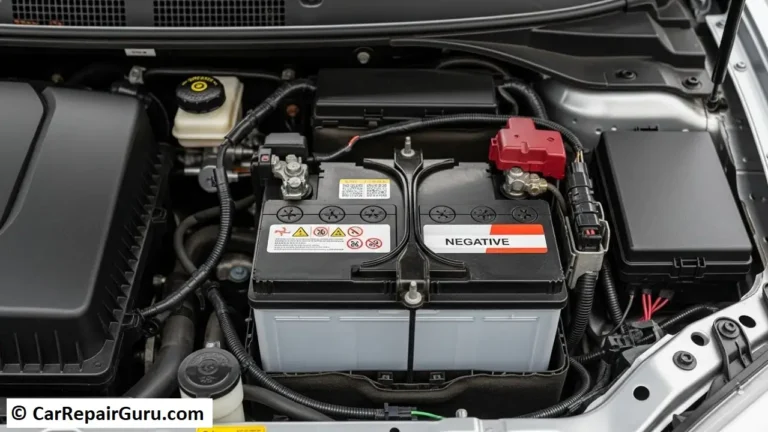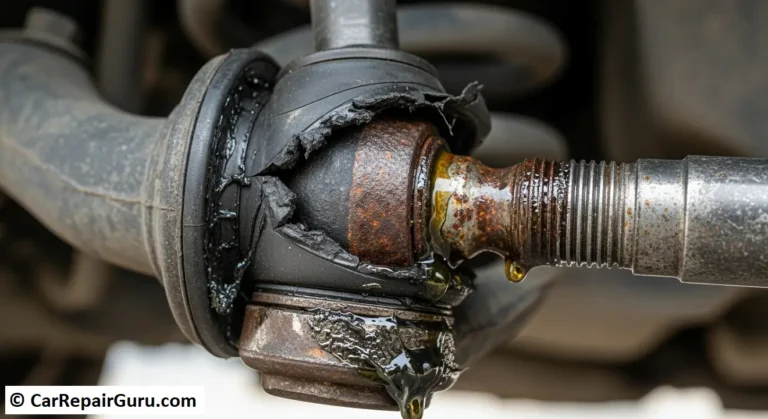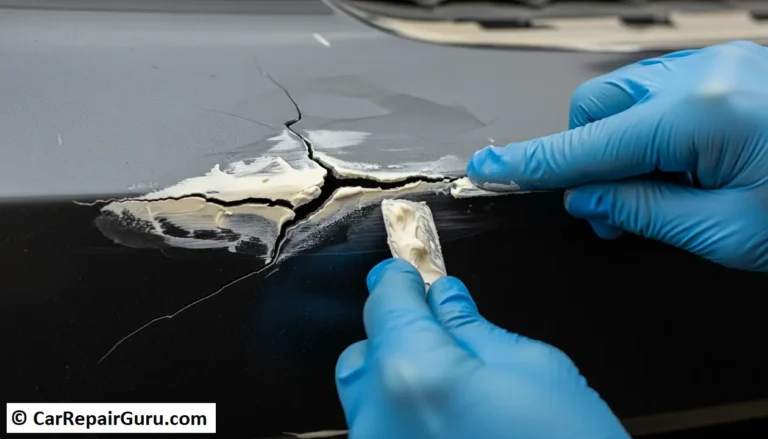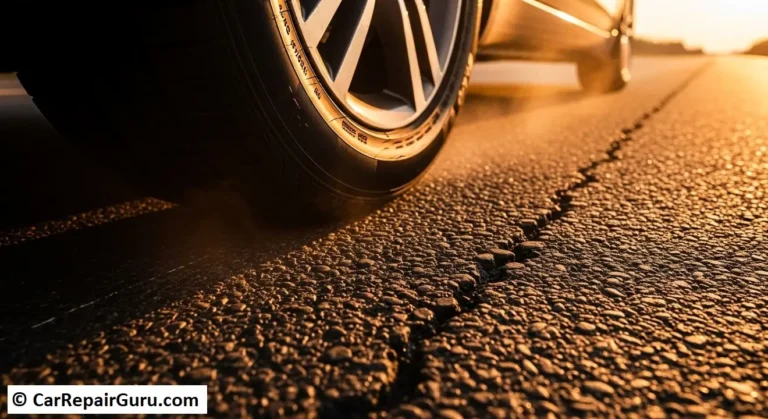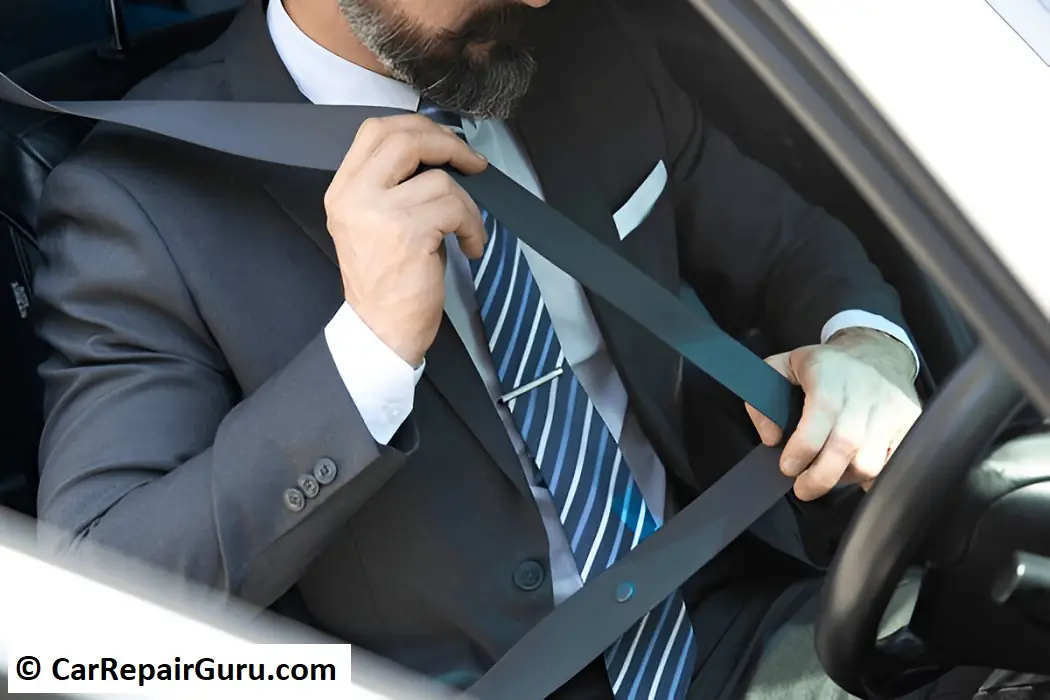
Wearing a seatbelt may seem like a small step, but it’s one of the most critical actions you can take to protect yourself on the road. Every year, countless lives are saved simply because people buckled up. Seatbelts are more than a safety measure—they’re a lifeline in an accident, reducing the risk of severe injury or death.
According to the World Health Organization (WHO), seatbelts can reduce fatalities by up to 50% in car accidents. Despite this, some drivers and passengers still neglect to use them, often underestimating their importance. Misconceptions, carelessness, or even short distances can lead people to skip this life-saving habit.
This article dives into the science behind seatbelt effectiveness, debunks common myths, and highlights why wearing a seatbelt should be non-negotiable. By the end, you’ll understand how seatbelts not only protect but also empower you to take control of your safety every time you hit the road.
The Benefits of Wearing Seatbelts
How Seatbelts Save Lives
Seatbelts are a simple yet ingenious invention designed to safeguard you in the event of a collision. When a car suddenly halts due to an accident, the passengers inside continue to move forward at the vehicle’s original speed. Without a seatbelt, this forward momentum can lead to severe injuries as passengers collide with the dashboard, windshield, or even other occupants. Seatbelts act as a restraint, keeping your body in place and distributing the force of the impact across sturdier parts of your body, such as your chest, shoulders, and pelvis.
The benefits of seatbelts are undeniable. According to the National Highway Traffic Safety Administration (NHTSA), wearing a seatbelt reduces the risk of fatal injury by 45% for front-seat passengers in cars and up to 60% in light trucks. Additionally, seatbelts decrease the risk of moderate to critical injuries by 50%.
For instance, in a crash at 30 mph, the force of impact is equivalent to falling from a three-story building. A properly fastened seatbelt absorbs much of this force, keeping you safely restrained and preventing ejection from the vehicle—a factor that increases the likelihood of death by nearly 30 times.
Not only do seatbelts save lives, but they also significantly reduce medical costs and long-term consequences for survivors. Studies show that states with stricter seatbelt enforcement report fewer fatalities and injuries.
Ultimately, buckling up is a small habit with a massive impact. Whether you’re the driver or a passenger, a seatbelt could mean the difference between walking away from an accident or not.
Understanding the Mechanics: How Seatbelts Work
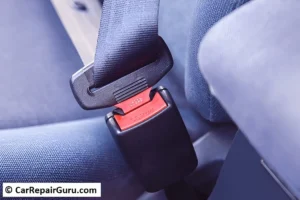
The Science Behind Seatbelt Effectiveness
Seatbelts are meticulously engineered to protect occupants by restraining them during sudden stops or collisions. At their core, seatbelts consist of three essential components: the webbing, the retractor, and the latch plate. The webbing is made of durable, flexible material designed to withstand immense force, while the retractor mechanism locks the belt in place when a sudden movement is detected. The latch plate securely holds the belt together, ensuring it stays in position.
When a collision occurs, the seatbelt’s mechanics spring into action. Sensors within the retractor detect the rapid deceleration and immediately lock the webbing, preventing further movement. This restrains the occupant, keeping them from hitting the dashboard, steering wheel, or windshield.
The effectiveness of a seatbelt lies in its ability to distribute the force of a collision evenly across the strongest parts of the body—namely, the chest, pelvis, and shoulders. By spreading the impact, seatbelts significantly reduce the risk of severe injuries. Additionally, seatbelts are designed to work in harmony with other safety systems, like airbags, enhancing overall protection.
One of the most critical roles of a seatbelt is preventing ejection from the vehicle. Statistics reveal that individuals ejected during a crash are 30 times more likely to suffer fatal injuries.
By understanding the science behind seatbelt functionality, it becomes clear that this simple device is a masterpiece of safety engineering, working tirelessly to keep us secure on every journey.
Common Myths About Seatbelt Use
Debunking Seatbelt Myths
Despite the proven safety benefits of seatbelts, several myths persist, leading some people to skip this critical safety step. One of the most common misconceptions is that seatbelts are unnecessary for short trips. In reality, most accidents occur within a few miles of home, making it crucial to wear a seatbelt regardless of the trip’s length.
Another widespread belief is that airbags alone are sufficient to protect passengers. While airbags are highly effective, they are designed to work in tandem with seatbelts, not as a replacement. Airbags provide supplemental protection, but without a seatbelt to hold you in the correct position, they may not function as intended, and the risk of severe injury increases.
Some individuals claim that seatbelts can trap them in emergencies, such as a car fire or water submersion. However, these situations account for less than 0.5% of all accidents, and wearing a seatbelt actually increases your chances of staying conscious and escaping safely.
By debunking these myths, it becomes evident that seatbelts are a non-negotiable safety measure, not an optional feature. Combining seatbelt use with airbags and other safety systems provides the best defense against injury or death in a crash.
Legal Penalties for Not Wearing Seatbelts
Seatbelt Laws and Enforcement
Seatbelt laws exist to protect lives and reduce the devastating consequences of road accidents. While specific regulations vary across regions, the overarching goal remains the same: to ensure every driver and passenger buckles up for safety.
In many countries, wearing a seatbelt is mandatory for all vehicle occupants. For instance, the United States enforces “primary enforcement” laws in most states, meaning police officers can stop and ticket drivers solely for not wearing a seatbelt. Other regions adopt “secondary enforcement,” where a seatbelt violation can be penalized only if the driver is stopped for another reason.
The penalties for non-compliance often include fines, which can range from modest amounts to significant sums depending on the jurisdiction. For example, in the UK, failing to wear a seatbelt can result in fines of up to £500. In Australia, drivers can face penalties of over AUD $300 and receive demerit points on their license.
Additionally, many insurance companies may refuse to cover medical expenses or damages for unbelted occupants involved in accidents.
These legal measures underline the importance of seatbelt use not only as a personal safety practice but also as a civic responsibility. Buckling up isn’t just about avoiding penalties; it’s about preserving lives.
Real-Life Stories: The Impact of Seatbelt Use
Survivor Testimonials and Case Studies
Real-life experiences often serve as the most compelling reminders of the importance of wearing a seatbelt. Consider the story of Sarah, a 32-year-old teacher who survived a major highway collision. Traveling home one evening, her car was struck by a speeding vehicle. Thanks to her seatbelt, Sarah remained securely in her seat, sustaining only minor injuries. Emergency responders later revealed that without the restraint, she could have been thrown through the windshield.
In contrast, John, a 29-year-old motorcyclist who occasionally skipped wearing his seatbelt when driving his car, wasn’t as fortunate. During a similar collision, John was ejected from his vehicle due to the lack of a seatbelt. Despite prompt medical attention, the injuries he sustained proved fatal. His tragic story underscores how a moment’s decision to forgo a seatbelt can lead to irreversible consequences.
Statistics reinforce these individual accounts. According to the National Highway Traffic Safety Administration (NHTSA), approximately 15,000 lives are saved annually in the U.S. alone due to seatbelt use. Conversely, more than half of vehicle occupants killed in crashes were not wearing seatbelts.
These stories and figures highlight a simple truth: wearing a seatbelt dramatically increases your chances of surviving an accident. Whether you’re driving across the city or just around the corner, seatbelts are your best line of defense in unexpected situations.
Tips for Proper Seatbelt Use

Ensuring Maximum Protection with Correct Seatbelt Usage
Wearing a seatbelt correctly is crucial for maximizing its protective benefits. Simply fastening it isn’t enough; proper positioning ensures optimal safety.
First, the shoulder strap should rest snugly across your chest and shoulder, not your neck or face. The lap belt must lie low across your hips, not your stomach, as this positioning reduces the risk of internal injuries during a collision. Always ensure the belt is pulled tight without slack for maximum restraint.
Seatbelt maintenance is just as important. Regularly inspect the webbing for frays or tears, which can compromise its effectiveness. Ensure the retractor functions smoothly and the latch clicks securely into place.
Parents should pay extra attention to child seatbelt usage, ensuring booster seats are used as required by law and that seatbelts fit children properly.
Remember, a correctly worn and well-maintained seatbelt is your best defense in any vehicle. Stay proactive, and always buckle up the right way!
Conclusion
Seatbelts are one of the simplest and most effective tools for ensuring safety on the road. They significantly reduce the risk of fatal injuries, prevent ejection during accidents, and work seamlessly with airbags to provide maximum protection. By understanding their mechanics, debunking myths, and committing to proper usage, you can safeguard yourself and your loved ones.
Whether it’s a long journey or a short drive around the block, always buckle up. It’s a small habit that can save your life and the lives of others. Safety starts with you—make wearing a seatbelt a non-negotiable rule for every trip.
importance of wearing seatbelts FAQ
1. Do I really need to wear a seatbelt on short trips?
Yes, even on short trips, seatbelt use is crucial. Most accidents happen within a few miles of home, and the risk of injury is high in even the smallest of crashes. Always buckle up, no matter how close your destination is.
2. Can airbags alone protect me in an accident?
Airbags provide additional protection, but they are not a substitute for seatbelts. Seatbelts restrain your body and prevent you from being thrown forward, while airbags cushion the impact. Together, they offer the best defense.
3. How do I know if my seatbelt is in good condition?
Inspect your seatbelt regularly for signs of wear such as frays or cuts. Ensure the retractor works smoothly and the buckle clicks securely into place. If the seatbelt shows any damage, replace it immediately.
4. What happens if I don’t wear a seatbelt?
Not wearing a seatbelt increases your risk of serious injury or death in an accident. It can also lead to fines, legal penalties, and higher insurance premiums.
5. Can children wear regular seatbelts?
Children should be in a car seat or booster seat until they are tall enough for the seatbelt to fit properly. The lap belt should lie across the child’s hips, not their stomach, and the shoulder belt should cross the chest, not the neck.
